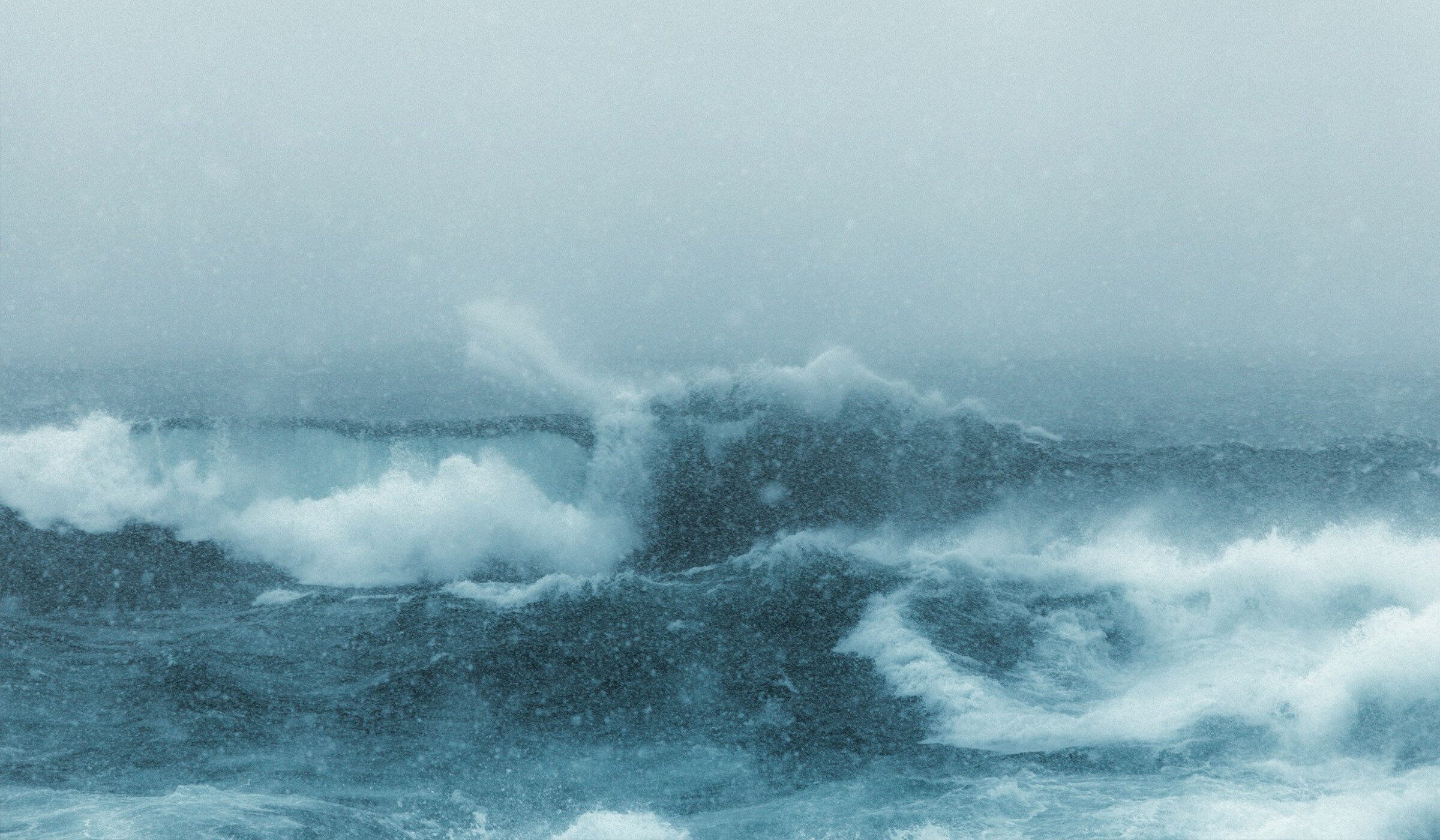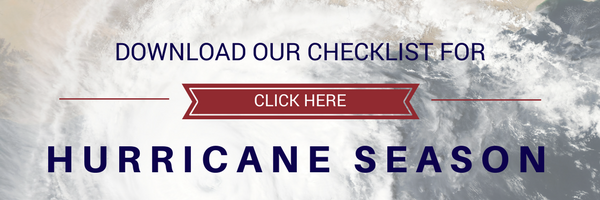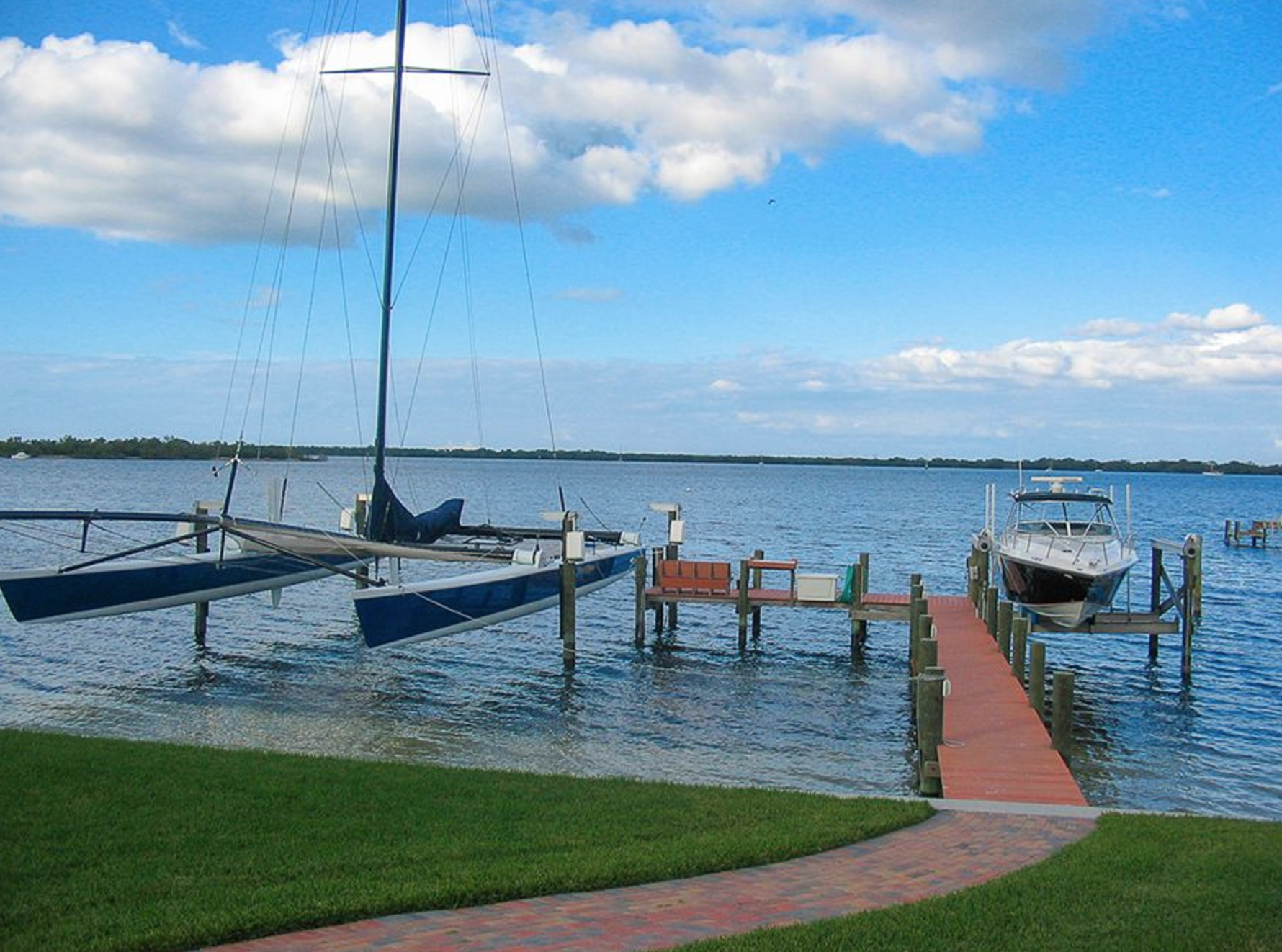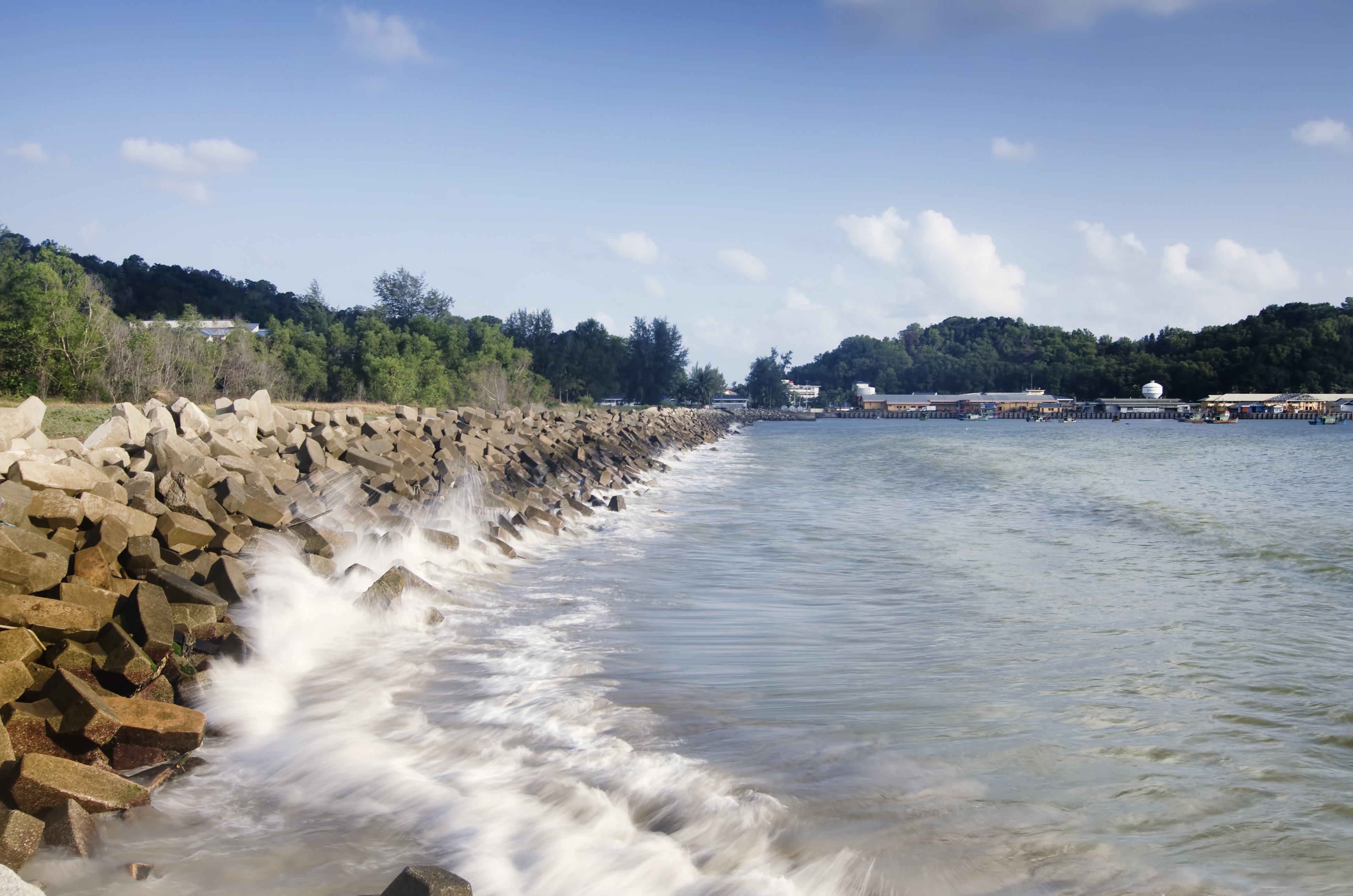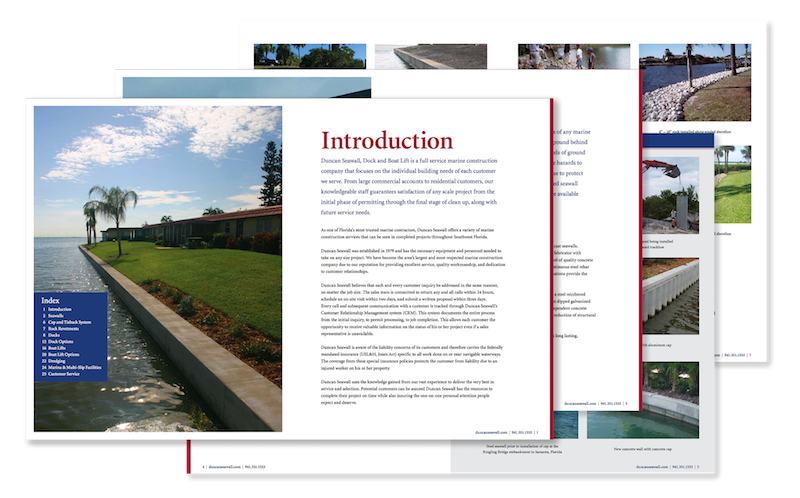Understanding the differences between hurricane categories is one of the most important steps in disaster readiness. Each category represents increasing levels of wind speed and potential damage, and knowing what they mean gives you the power to take the right precautions. With this knowledge, you can better safeguard your home, protect your family, and stay one step ahead as hurricane season approaches in Southwest Florida.
Related Blog: How to Prepare Your Boat in Case of a Hurricane in Sarasota, Florida
Let's break down hurricane categories and what they mean for you.
What is a Tropical Storm?
Anything below a Category 1 hurricane, with sustained winds under 74 miles per hour, is not officially classified as a hurricane. Instead, these weather systems are categorized as tropical storms or tropical depressions, depending on their wind speed and organization. While they may seem less severe, tropical storms can still bring heavy rainfall, strong gusts, and coastal flooding. It’s also important to remember that these systems can quickly strengthen under the right conditions, potentially developing into a Category 1 hurricane or higher as they move across warm ocean waters.
What Exactly is a Storm Surge?
A storm surge is a dangerous rise in ocean water levels caused by powerful winds and low pressure during major storms. Unlike hurricanes, storm surges do not have a defined season. They can occur at different times of the year, which makes them unpredictable and even more dangerous.
These surges bring massive waves, intense winds, and severe coastal flooding. As water pushes miles inland, it can devastate everything in its path, damaging homes, roads, bridges, and critical infrastructure.
How are Hurricanes Measured?
Hurricanes are measured using the Saffir-Simpson Hurricane Wind Scale, which rates storms from Category 1 to 5 based on their sustained wind speeds. This scale helps estimate how much damage a hurricane can cause, but it doesn’t measure other important factors like storm size, speed, or rainfall, which can greatly influence a storm’s overall impact.
Let's dive deeper into what each hurricane category looks like:
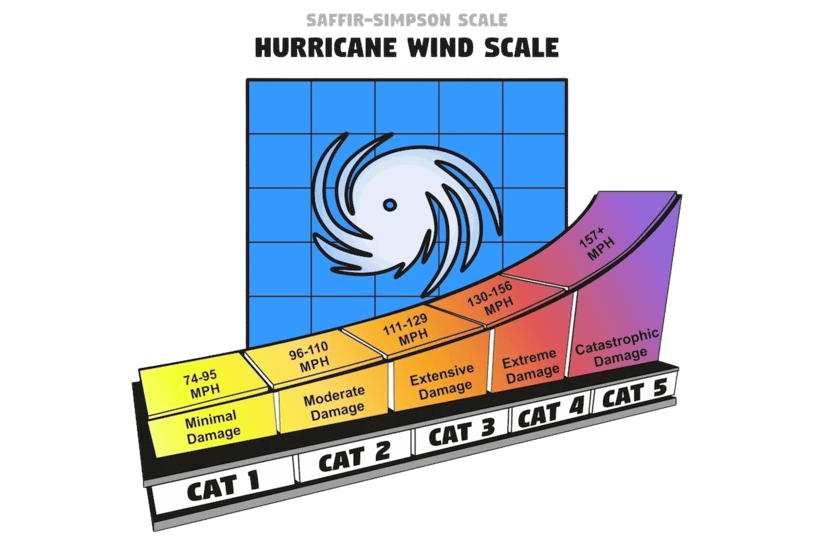
Hurricane Classifications: What to Expect
As wind speeds increase, so does the danger. Here’s a quick look at what each hurricane category can bring:
- Category 1 (Wind speeds of 74-95 mph): These can cause damage to roofs, trees, and power lines, potentially leading to power outages.
- Category 2 (Wind speeds of 96-110 mph): Expect major roof and siding damage, numerous fallen trees, and likely power outages.
- Category 3 (Wind speeds of 111-129 mph): These "major" hurricanes can remove roof parts, snap or uproot large trees, and likely result in loss of electricity and water.
- Category 4 (Wind speeds of 130-156 mph): Can cause severe damage to well-built homes, making areas uninhabitable.
- Category 5 (Wind speeds of 157 mph or higher): The most destructive, capable of leveling houses and causing total devastation.
Regardless of the size of the storm, you should always make sure you and your property are prepared for hurricane season. Download Duncan Seawall’s Hurricane Checklist to find out how to prepare your seawall, dock, boat, and more for the coming season.



